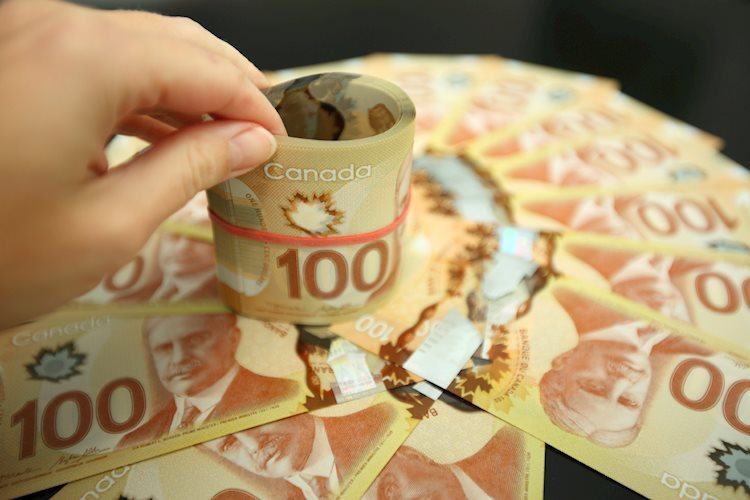The average monthly household income per person fell by 6.9% in 2021, from R$1,454 in 2020 to R$1,353, informed the IBGE (Brazilian Institute of Geography and Statistics) this Friday (10). This is the lowest value of the historical series, which started in 2012.
Despite being widespread among social classes, the drop in income was greater among people with lower incomes. The research shows that, among the 5% with the lowest income (R$ 39), the decline was 33.9%. Among those from 5% to 10% (R$ 148) it fell by 31.8%. Among the 1% with the highest income (R$ 15,940) it fell by 6.4%.
“In other words, in 2021, the 1% of the Brazilian population with the highest income had an income 38.4 times higher than the average of the 50% with the lowest incomes”, says the survey.
North and Northeast recorded the lowest values, R$871 and R$843, respectively, and also the highest losses between 2020 and 2021, of 9.8% and 12.5%, says the institute.
South and Southeast remained with the highest incomes, of R$ 1,656 and R$ 1,645, respectively.

“This result is explained by the fall in the average income from work, which retracted even with the occupancy level starting to recover, and also by the decrease in income from other sources, except rent”, explains Alessandra Scalioni, research analyst, in note.
The specialist highlights the change in the criteria for granting emergency aid that took place in 2021 as one of the main causes of the drop in income from other sources.

The percentage of people with some income, of any type, in the population also reached the lowest in the series, going from 61% to 59.8%.
All regions registered a reduction, especially the North, where this percentage reached 53%. Northeast is also a negative highlight, with 56.3%. The highest estimate is from the South (64.8%), which has maintained the lead since the beginning of the series.
Inequality grows again
The survey also shows an increase in inequality in 2021, after a fall in the indicator in 2020 and stability in 2019. This movement is measured by the Gini index, which returned to the level of two years earlier (0.544). The higher the Gini, the greater the inequality. In 2020 and 2019, the index was 0.524 and 0.544, respectively.
All regions had a worsening in this number between 2020 and 2021, with a negative highlight for the North and Northeast.
“These are regions where the receipt of emergency aid reached a greater proportion of households during the pandemic and which, therefore, may have been more affected by the changes in the program that took place in 2021”, says the IBGE specialist.
The Northeast Region maintained the highest Gini index in 2021 (0.556), while the South Region had the lowest (0.462), says the institute.
Source: CNN Brasil
I’m James Harper, a highly experienced and accomplished news writer for World Stock Market. I have been writing in the Politics section of the website for over five years, providing readers with up-to-date and insightful information about current events in politics. My work is widely read and respected by many industry professionals as well as laymen.






